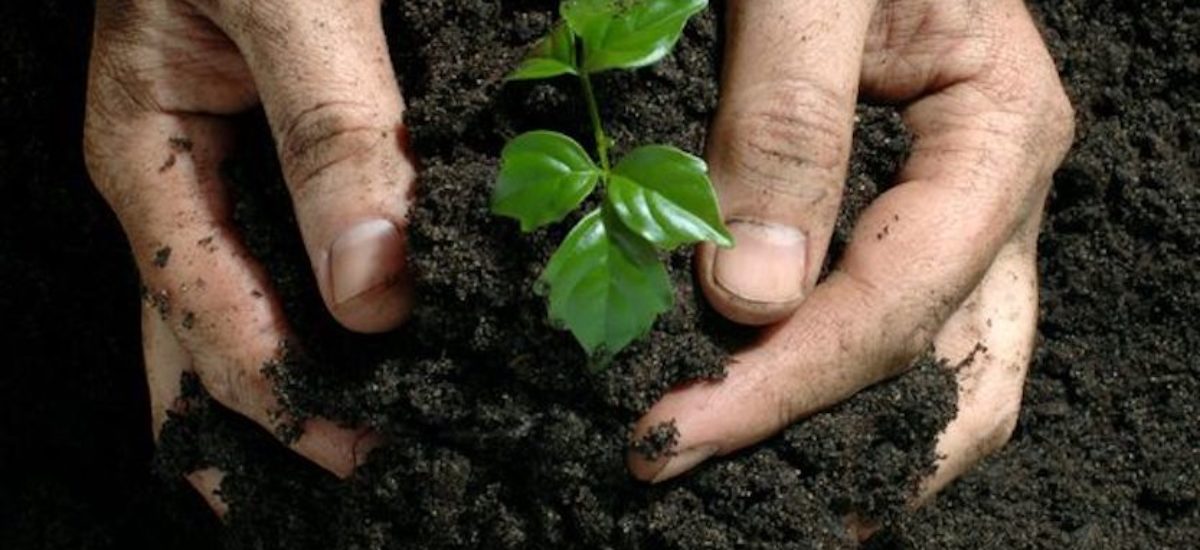Photo courtesy of WOTC
The new fertilizer policy introduced by the government has attracted heavy criticism from all sections of society; it has also received attention from the intellectual community. There is a good response from local subject experts who have sparked a public debate on the pros and cons of the chemical fertilizer ban. However, their opinions are deeply rooted in one of two camps – pro or con, which does not help the government that is trying to see a good outcome with a bad plan or the farmers and the growers who suffer from lack of fertilizer and hope.
A country going for organic fertilizer is ideally a moment to celebrate from the sustainability point of view. Then why this fuss and why is it failing? Going by mainstream media reports, it looks like that the new policy has been crafted as a step towards sustainable agriculture. By looking at the implementation of it, it seems the policy has missed an important aspect of sustainability. It is a must for any sustainable solution to adhere to the triple bottom line: the environment, the society and the economy. Even the best plan can fail if it ignores to look at these three bottom lines. The policy has touched upon the environment and to a certain extent the society but it has not considered the scientific facts alluding to the economic impact.
What exactly went wrong? Compared to chemical fertilizer, organic fertilizer easily attracts the moral high ground based on environmental sustainability. However, it has its limitations. Not realizing these limitations is perhaps the main reason for the fertilizer fiasco. The main limitation of organic fertilizer is the lower crop yield it. Although the organic fertilizer is environmentally pleasing, it does not provide the same yield even if applied in larger quantities. Crop yield is extremely important considering that the global population is only going up while arable land and other resources that can be put into agriculture are limited. In this context, a sudden drop in the harvest and the income will bring about negative socioeconomic consequences. Application of chemical fertilizer as a part of intensified agriculture is not merely a result of the international trade or tactics used by the producers of the chemical fertilizers: it has become a necessity. Chemical fertilizer has been the practical solution we have for now although it is not a good or a sustainable one.
Even if we ignore the lower crop yield issue, mass production of organic fertilizer is still a challenge. Mass production means making large quantities to meet demand and quality expectations. While organic fertilizer production in the world has recently picked up the pace, the volume is still little. Mass production of organic fertilizer presents quality control as another challenge. Composition of the material used in its production (feedstock) varies not only from place to place but from time to time too. If not controlled carefully, quality can go wrong easily; perhaps the best example is the shipment of organic fertilizer that the government ordered from China. The government used importation as a temporary alternative for the lack of capacity for mass production but shipment did not pass the quality tests, leading the process into another fiasco.
Even if we overcame low yield, lack of capacity for mass production and quality control, organic agriculture cannot be implemented overnight due to a few more unknowns. Let’s look at the history. Chemical fertilizer usage became a commonplace in Sri Lanka after the 1950s and intensified when the country switched to an open economy in the late 1970s. We are talking about at least two generations of farmers and growers who have not seen any other solution but chemical fertilizer. They do not know what quantities should be applied on what crops. It is also frightening that seeds and the varieties used now have been designed and selected for the conditions favoring chemical fertilizer. Therefore a radical change in the type of fertilizer requires not only new programs to train farmers/growers but also research to look into what seeds and crops can face the challenge; this is not possible to do overnight.
Considering all these challenges is there a chance that we can succeed? The answer is yes if the policy can be revised to fix two things: the scaling and the timing of implementation. A policy, otherwise important and interesting, became a laughing stock because we wished to implement it across the board (bad scaling) in a hurry (bad timing).
How do we scale it right? A better way is to start with a scaled down operation, initiate further studies in parallel and then use this knowledge to scale up gradually. It would have been smarter to start with smaller agricultural operations such as backyard farms and smallholder farms of fruits and vegetables that serve the domestic market. Organic fertilizer might be a good solution for small-scale vegetables/fruits farms for a number of reasons. First of all, we know that it works as we have a knowledgebase for backyard composting. Smaller scale allows for close monitoring and care for the plants and the ability to take any corrective measures if necessary. This pace enables farmers to learn more about organic fertilizer and organic farming, the good practices and key facts that have been lost for a few generations. Sending these products to the local market would have convinced the public about the positive impact – the produce itself could have become advertisements for organic agriculture.
But organic fertilizer is not a “one size fits all” solution. There is a large difference in scale and scope in the operation of a small vegetable farm versus a large rubber or tea plantation. Large plantations operate like an industrial process where there is little room for errors because even a simple error is translated into a large economic loss. It is risky to gamble on large scale cultivations such as tea, rubber, coconut and paddy with organic fertilizer. This is not because organic fertilizer is not good enough for such cultivations but because we do not know how to do it yet. Considering the fluctuations in the world chemical fertilizer market, many other countries would have switched to 100% organic fertilizer option if it was that easy logistically and economically. But there is no evidence of such trend. The best case scenario based on other countries is to go for a hybrid system where chemical organic fertilizer is allowed to continue in economically sensitive large scale cultivations while looking for alternatives. Recommendations for large scale plantations to go organic should only be made after finding new home grown research solutions and pilot testing them.
Finding a home grown solution to increase organic fertilizer production is extremely important because importation cannot be a permanent solution. Converting the organic portion of municipal solid waste into compost is at least one of the solutions, although there is skepticism because waste is not seen as a resource. However, the countries where waste segregation is mandatory before disposal are benefiting from the nutrients in waste through composting. As someone who headed a research and capacity development unit at the United Nations on waste resources management and sustainability, I can state that it works and it has also worked in developing countries. What it requires is integrated planning since the topic goes beyond traditional ministerial boundaries.
The remaining question is how do we time it right? Going for organic agriculture is more of a cultural change than a logistical tweak. Cultural changes need time. A few years of small scale implementation provides the space and time for people to learn about it. It also provides time to expand the volume of compost making. If the answer is through making compost using organic waste, it will also provide a partial but decent solution to solid waste management. In many countries compost production projects have failed due to one major reason; inability find a market as it is not easy to compete with inexpensive chemical fertilizer because farmers usually receive it at a government-subsidized rate. If organic agriculture has received the blessings of the government, the country has already overcome this barrier.


